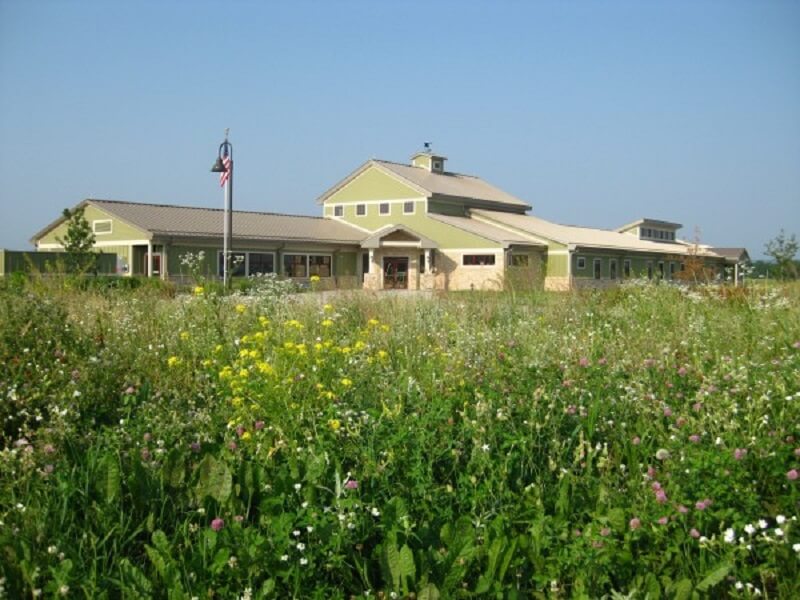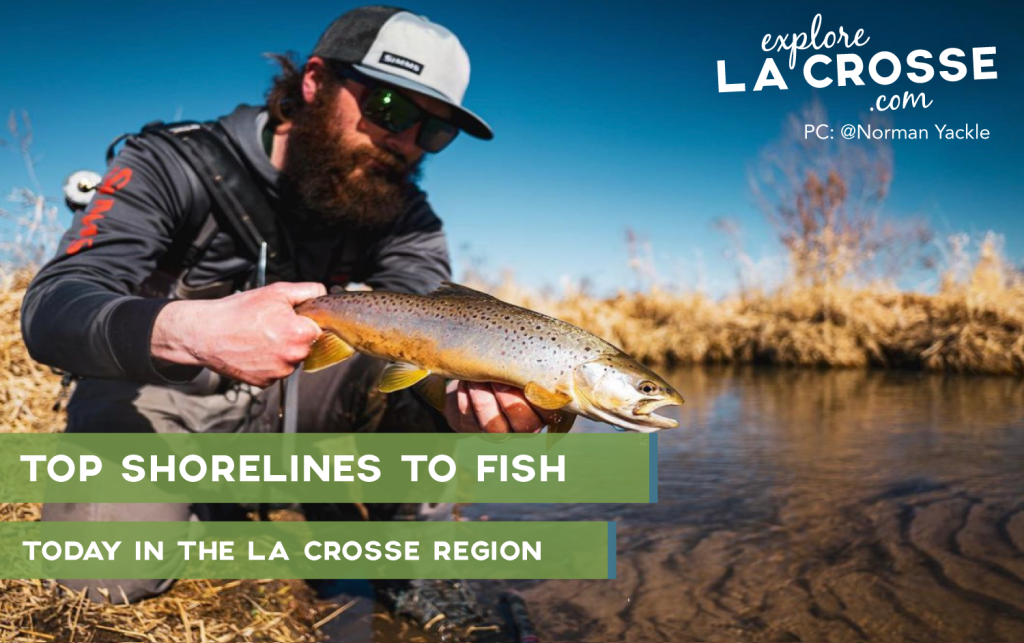As daylight turns to darkness, the evening hours offer new ways to experience wildlife! On Friday, September 6, 2019 from 6:30pm – 8:30pm, come join experts from Viterbo University, the U.S. Fish and Wildlife Service Midwest Fisheries Center and the Upper Mississippi River National Wildlife and Fish Refuge to take an informal walk on the Visitor Center trails during twilight hours.
People of all ages are invited to enjoy for this free program. As the sun goes down, we’ll use our senses to discover plants, insects, and birds and learn about how these organisms relate to fish in the Mississippi River. Registration is required and is limited to 35 people. Registration will open on Tues. Sept. 3 and will be taken on a first-come, first-served basis. Please call or email Gretchen Newberry (608-783- 8455, Gretchen_Newberry@fws.gov) to register. Please note that the Visitor Center will be closed but outdoor restrooms are available.
Please join our experts by the 3-panel kiosk near the Visitor Center parking lot. We will walk together along paved and gravel trails over a distance of up to two miles. Participants should bring a flash light and drinking water and should wear closed- toed shoes and come dressed for the weather – the wind can add a chill out on the prairie! The event will be cancelled if there is inclement weather.
For more information, contact the La Crosse District Office at (608) 779-2399 or visit the Visitor Center, located at N5727 County Road Z, Onalaska, WI. Visitor center hours are Monday – Friday 8:00 a.m. – 3:30 p.m. and Saturday, 10:00 a.m. – 4:00 p.m. (February – November.) The center is closed on Sundays and all Federal holidays. Information on the Refuge may also be found on the Refuge’s webpage: http://www.fws.gov/refuge/upper_mississippi_river/.
The Upper Mississippi River National Wildlife and Fish Refuge is the most visited refuge in the United States. The refuge extends 261 miles along the Upper Mississippi River from Wabasha, Minn. to Rock Island, Ill., protecting and preserving habitat for migratory birds, fish, and a variety of other wildlife.
In addition to being the most visited refuge in the country, the “Upper Miss” Refuge has the added complexity of a major navigation system, including 11 locks and dams, within its boundary. It is also a world-class fish and wildlife area which harbors 306 species of birds; 119 species of fish; more than 300 active bald eagle nests; thousands of heron and egret nests; spectacular concentrations of canvasback ducks, tundra swans, and white pelicans; and several threatened or endangered species.


